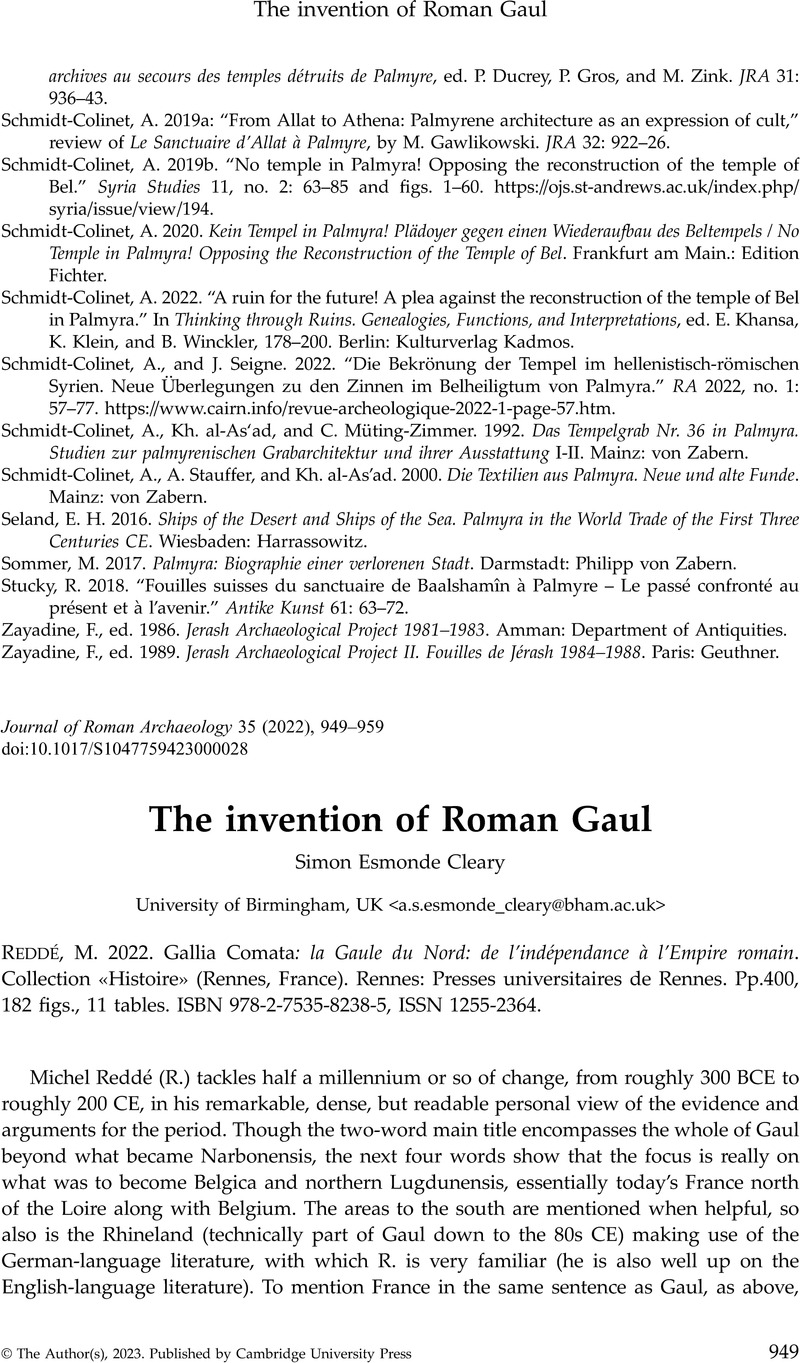Fichtl, S.,
Barral, P.,
Pierrevelcin, P., and
Schönfelder, M., eds.
2019.
Les agglomérations ouvertes de l'Europe celtique (IIIe-Ier siècle av. J.-C.); Offene Grosssiedlungen im keltischen Europa (3.-1. Jh. v. Chr.). Mémoires d'archéologie du Grand-Est 4.
Strasbourg:
Association pour la valorisation de l'archéologie du Grand Est.
Google Scholar 